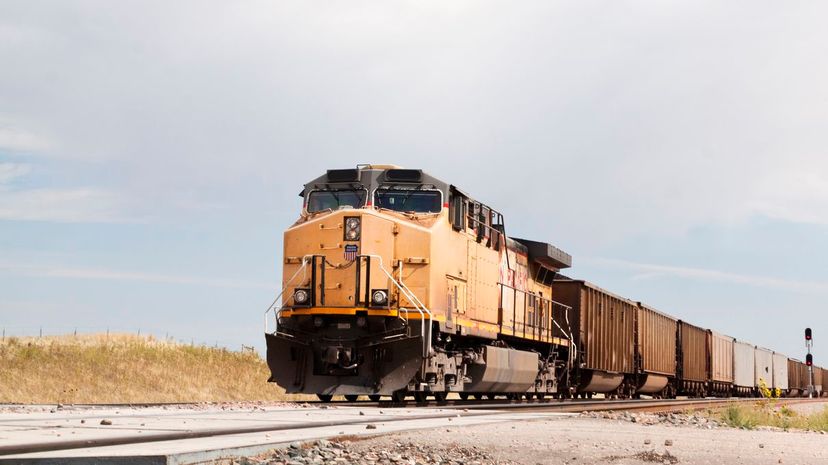
About This Quiz
Becoming a train conductor doesn't have to be a childhood dream! Every year, rail-oriented organizations hire hundreds of new operators. With good salaries, excellent benefits and all the travel perks you could ever want, it's a career that's definitely worth pursuing. But ... you'll have to pass a few fairly rigorous tests before you can join the team.
While you don't need a college degree to become a train operator, you will have to undergo a physical exam, an eye exam and a hearing screening before you can take the written exam. Once you're there, you'll need to possess reasonable amounts of grammar and mathematical knowledge to ace it. Throughout this quiz, you'll be asked a battery of questions similar to those you would find on rapid-transit or industrial railway exams. Do you think you know enough to get all of them right?
Grab hold of the bar iron, and keep your eyes on the tracks. To answer all these questions correctly, you'll need to focus like a train conductor heading into a populated area. Stay on your toes and think your answers through before you respond; then, we'll let you know how you did. Will it be enough to impress yourself, or will you have some studying to do? Let's find out!
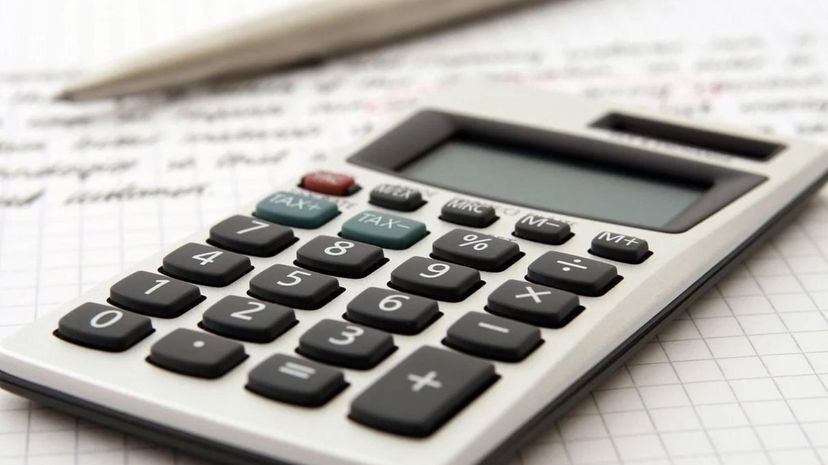
Train operators are constantly having to calculate distances, times and mechanical numbers. In this case, .50 equals 50%, and 50% of 150 equals 75. Although this is a sample of a question you might find on a exam, it's on the easier side. Brushing up on your mathematics skills is recommended!
Advertisement
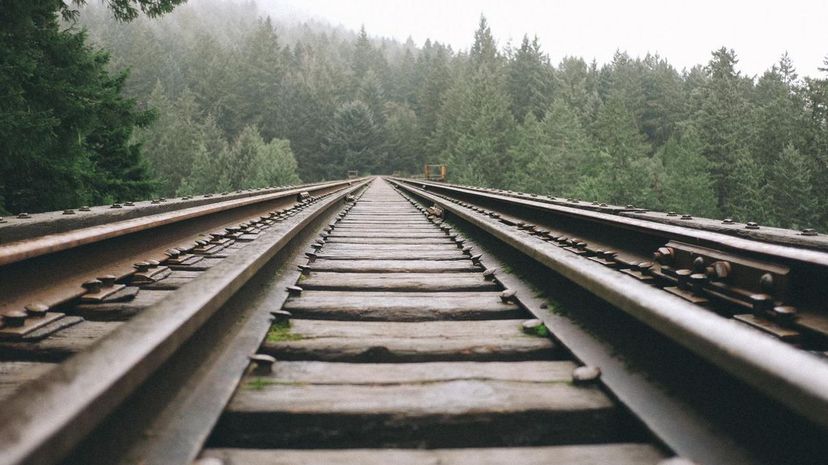
The Federal Railroad Administration is a branch of the United States Department of Transportation. It was founded in 1966 and employs over 850 people who keep the nation's railways safe. Train operators are usually represented to the FRA by a union.
Advertisement
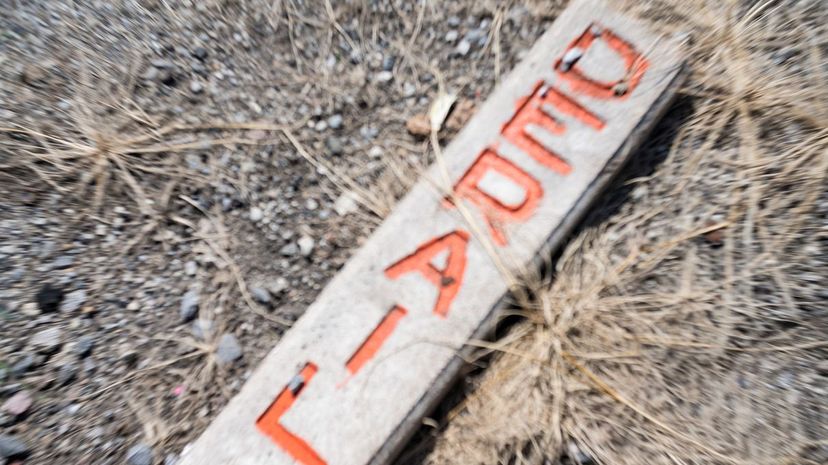
According to the "Journal of Public Transportation," traveling by train is 20% safer than traveling by car. Although accidents are rare, train operators are always prepared to conduct emergency inspections.
Advertisement
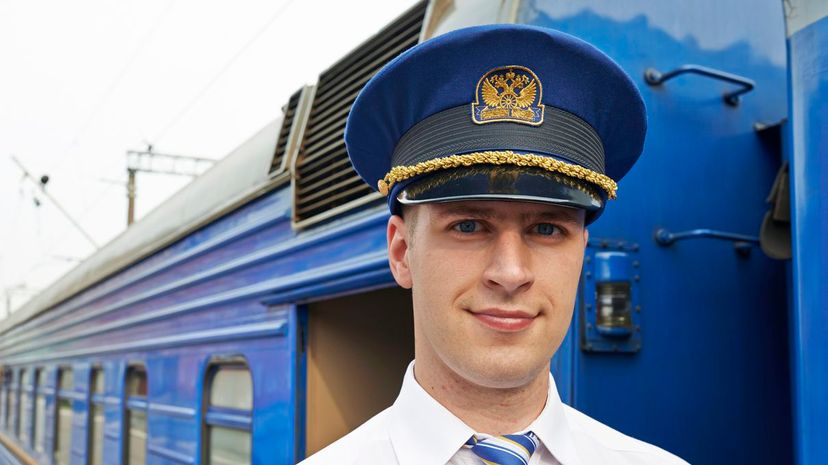
Age requirements to become a train operator vary from company to company, but the average age is 21. As long as operators can pass the tests, there's no maximum age limit. There are train jobs for every age and skill level.
Advertisement
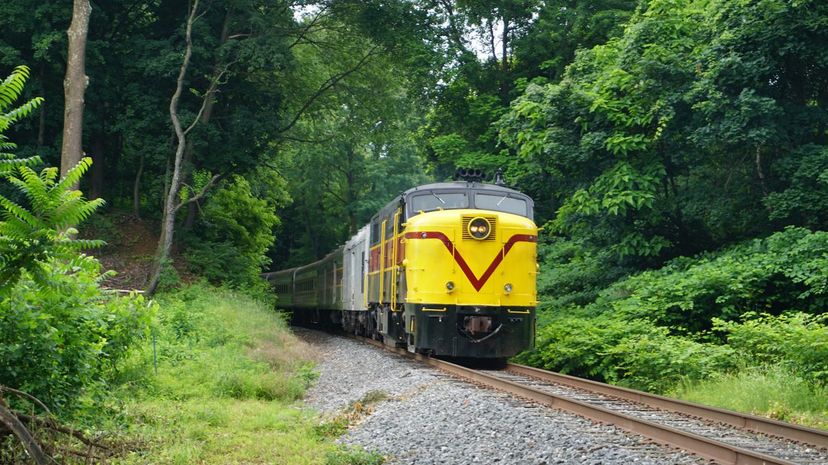
这是一个操作员的工作坚持一系列strict timetables and schedules. It might have been a breeze to figure out that our train will arrive in four hours, but an operator's day-to-day problems are far more difficult.
Advertisement
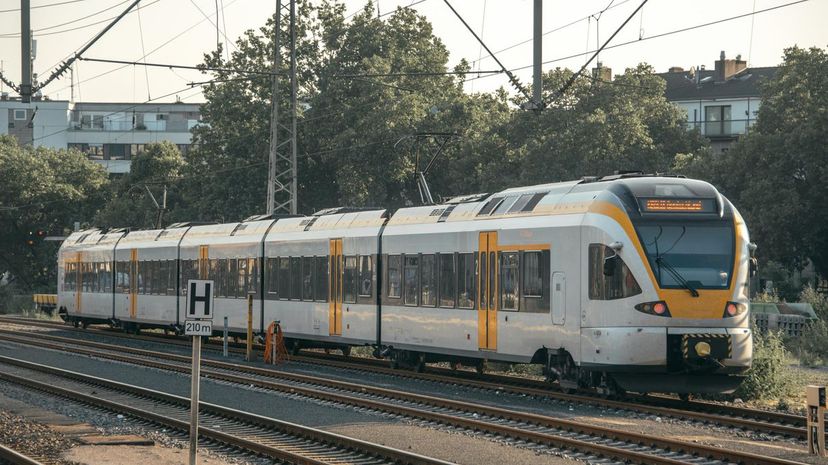
When you walk between train cars, you are walking on a platform that sits over the train's coupling mechanism. The act of joining the trains is shortened to "coupling," and it's a slow process. Extra safety measures are performed by hand to make sure the coupling maneuver has been successful.
Advertisement

Unlike roadways, railway speed limits vary by the time of day and the populations of the areas through which trains are traveling. When trains are told to operate at "slow speed," they are not to exceed 15 MPH.
Advertisement
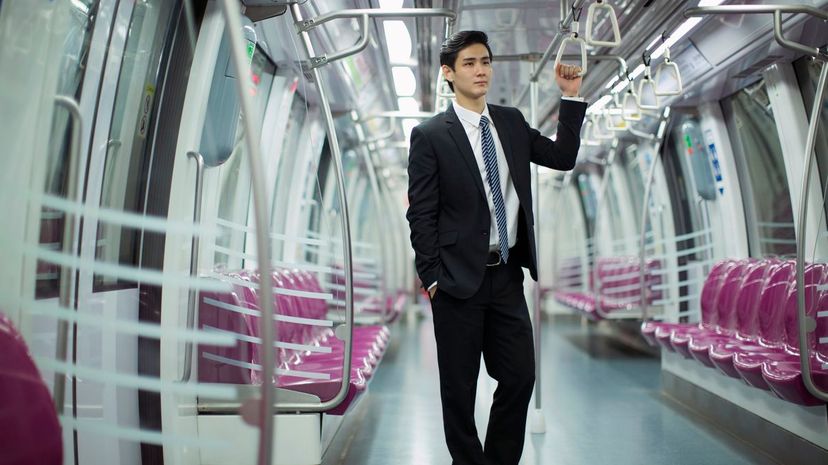
Third rails are the electrified rails that you will often find in subway stations. The train and the third rail are connected by an electrical conductor. It supplies the train with the electricity it needs while the engine is idling.
Advertisement
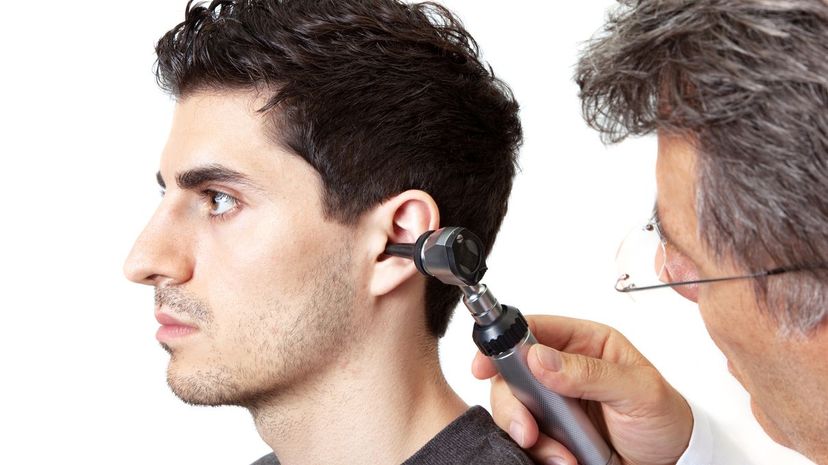
Before being allowed to take the train operator exam, candidates must pass a drug screen, a physical and an audiometry evaluation. Hearing is an important function of any train operator's job. They must be able to clearly hear instructions over the radio and those being shouted across the train yard.
Advertisement
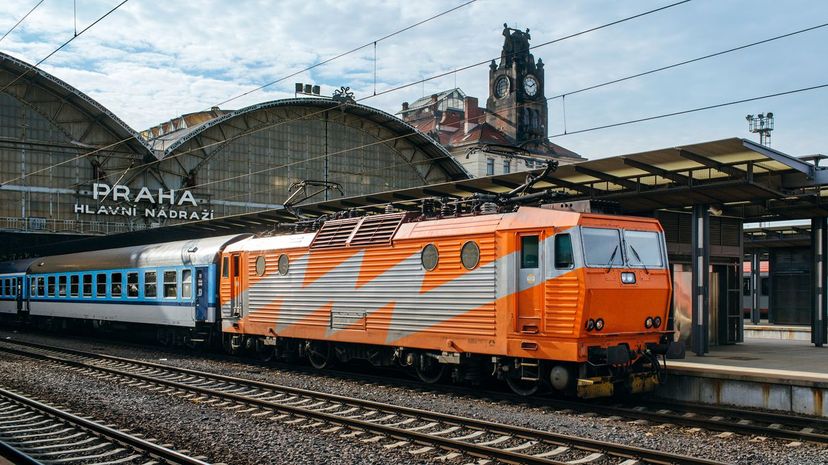
Train cars are stopped 50 feet apart before the coupling process begins; then, they are slowly inched together. When they are close enough for all the appropriate hoses and fittings to be attached, coupling begins.
Advertisement
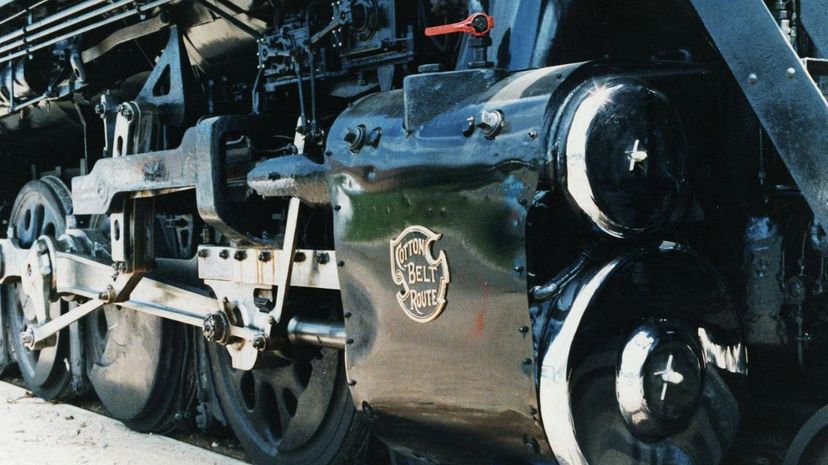
Whether you're looking at a gas-powered car engine or a diesel-powered locomotive giant, the pistons are located within the cylinders. The cylinders are located in the engine block. You'll need to know these types of things to pass a train operator's exam.
Advertisement
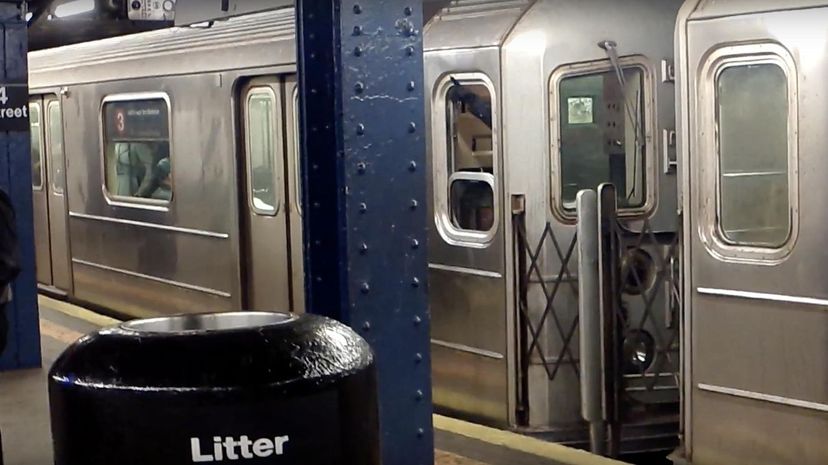
Trains are fairly technologically advanced these days, but operators still use the WWII-era zebra board to make sure their passengers stay safe. A black and white board that hangs above the tracks, the zebra board lets the operator know that the train has correctly docked at the station.
Advertisement

只要问题是可以纠正的玻璃es, most train operations have few vision restrictions. However, being color blind may present issues with properly reading railroad signals. It's generally the only vision problem that may prohibit employment as a train operator.
Advertisement
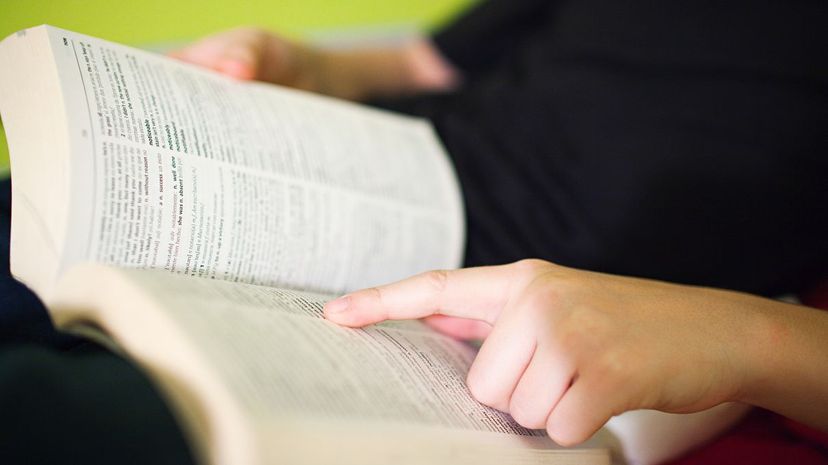
If something is dormant, inoperative or latent, it is far from busy. Our example of a train operator's exam question must be making you feel industrious. We certainly hope it's keeping you busy.
Advertisement

Although some train operators have opted to attend college courses in railroad engineering, it's only necessary to have a high school diploma or a GED. Most train operators begin their careers in the field and work their way up to conductor.
Advertisement
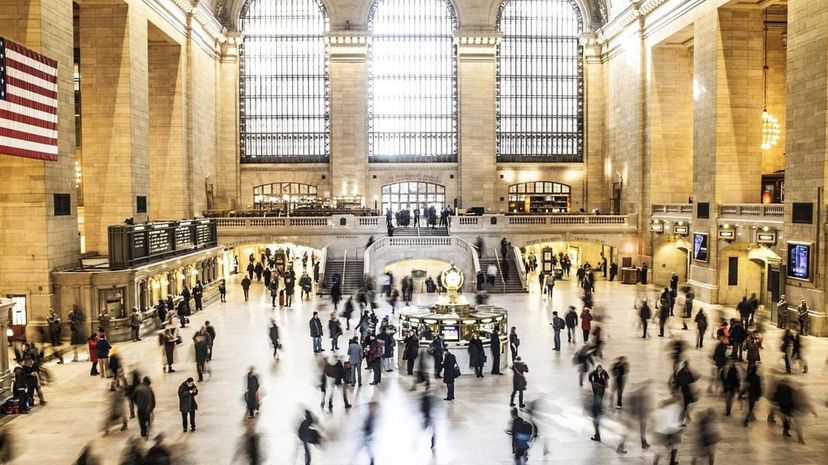
Monitoring the flow of rail traffic is an important job. Prior to the 1940s, it was done by individual train crews and railway operations. These days, Centralized Traffic Control (CTC) makes it easy with an electronic dispatching system that spreads the responsibility according to region.
Advertisement
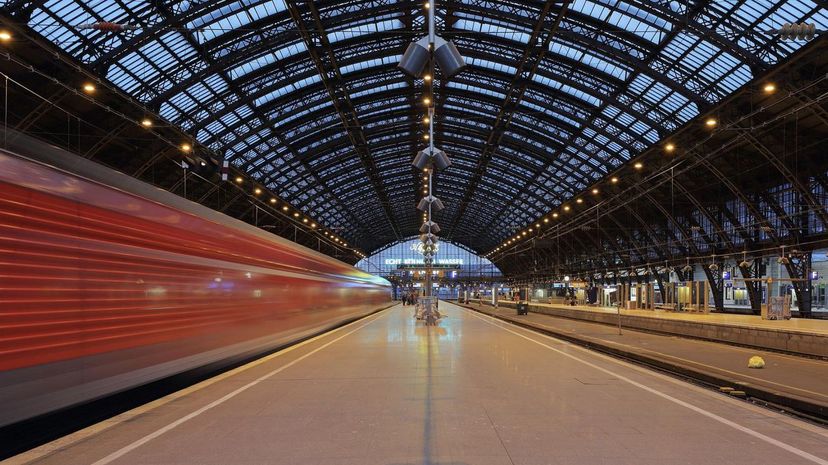
Each train yard is split up into a series of blocks. When trains need maintenance, they are assigned a specific block that may or may not be shared with other trains. If a block is reserved for only one train, it is called the absolute block.
Advertisement
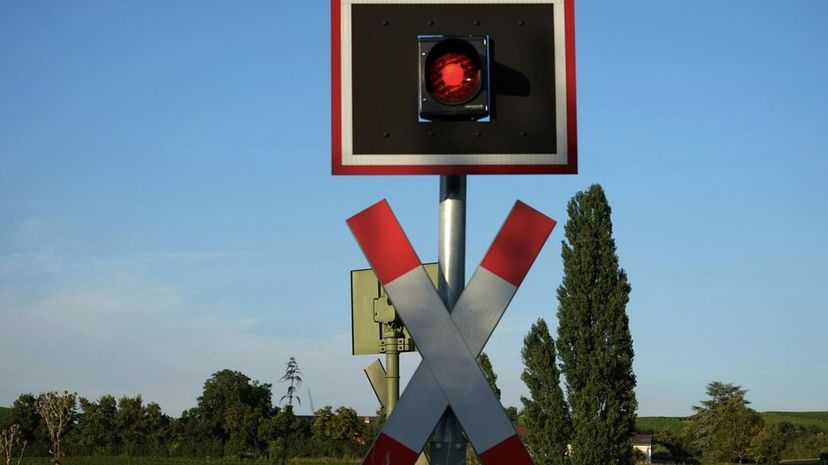
There are two types of railways signs that both drivers and train operators observe. Passive signs are stationary signs that mark the way along a railway route. Active signs are the signs with mechanical arms and flashing lights that grab attention through movement.
Advertisement
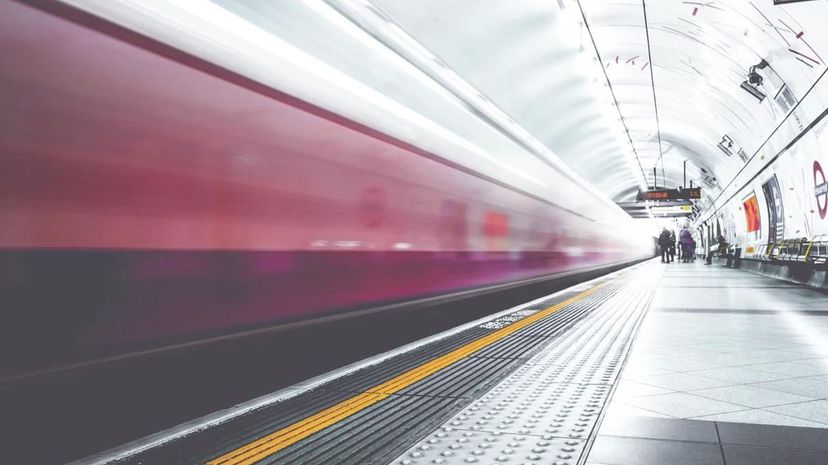
Depending on commuting times, traffic and track conditions, train speeds fluctuate several times per day. If a train is told to operate at "limited speed," the operator knows not to exceed 45 MPH.
Advertisement
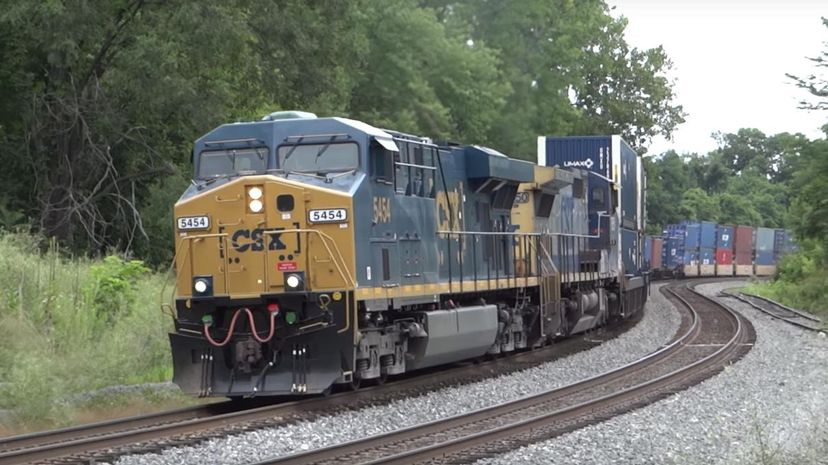
Freight trains that haul more than 60 cars loaded with containers are known in the business as intermodal trains. Because semi-trucks load the cars and engines are switched, it's possible for an intermodal train to make it all the way across the country without operators doing any heavy lifting.
Advertisement
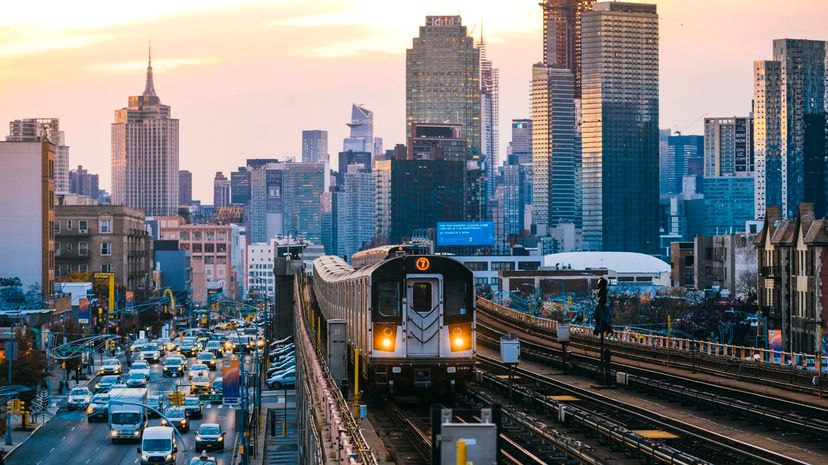
This might be a little confusing, but there's a big difference between a timetable and a schedule. Both denote the arrival and departure times of trains, but the timetable contains information that's not generally available to the public. The timetable assists operators by listing track information.
Advertisement
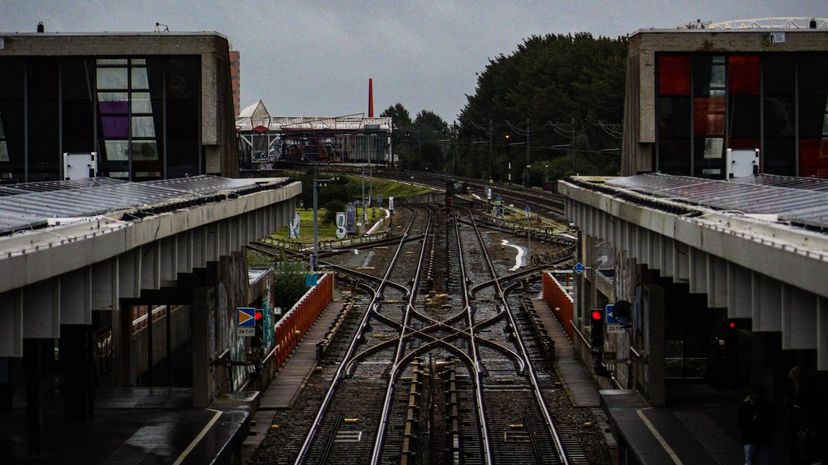
Trains that need attention or that need to be detoured are often instructed to take the auxiliary track. Auxiliary tracks often run alongside main tracks, but they allow trains a way to get out of the way so that traffic can continue to flow.
Advertisement
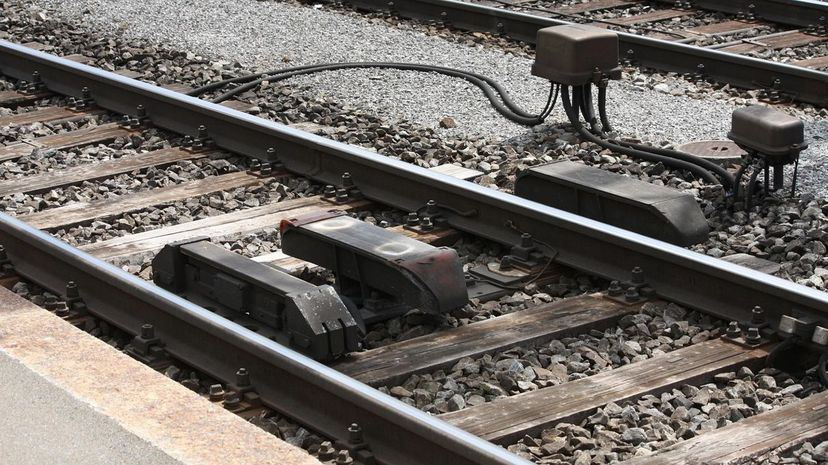
Technology has made it much easier to track the movements of a company's many trains. Electronic devices like axle counters and track circuits relay a train's location back to Centralized Traffic Control, making it easier to know which trains have entered and left blocks.
Advertisement

Always full of ingenuity, train operators have learned the most efficient ways of moving mammoth trains. For instance, a hump yard utilizes a small raised portion of ground to move cars. Once a car has made it over the hump, gravity takes over and helps the train roll into place.
Advertisement
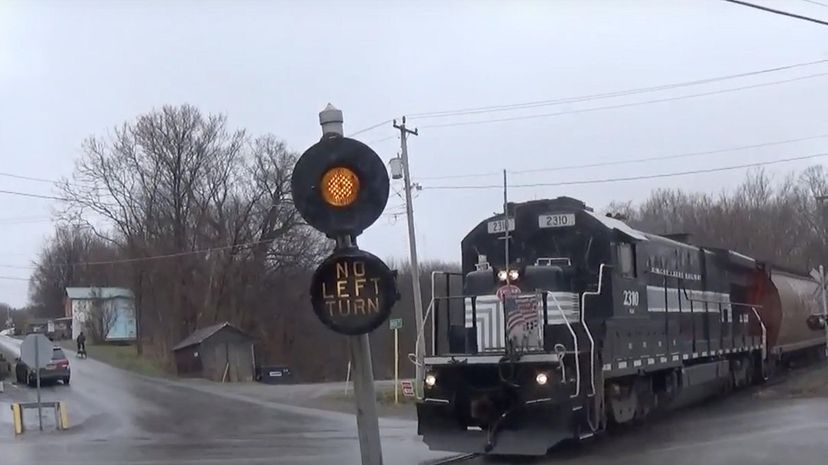
Flashing yellow lights on train signals alert operators to potential situations ahead that require caution. The flashing yellow lights tell train operators to slow down and to use "approach medium" speed.
Advertisement
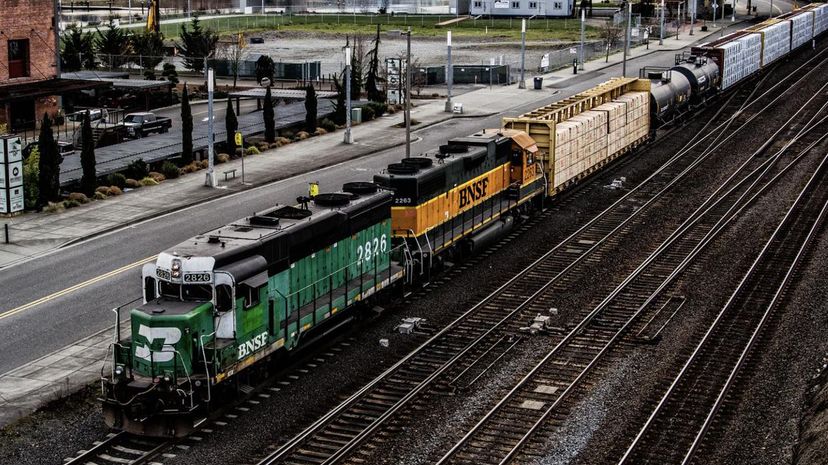
One ton equals 2,000 pounds; therefore, 14,000 divided by 2,000 equals 7. Our train car is carrying 7 tons of cargo, but this is an easy question compared to the ones you might find on official train exams.
Advertisement
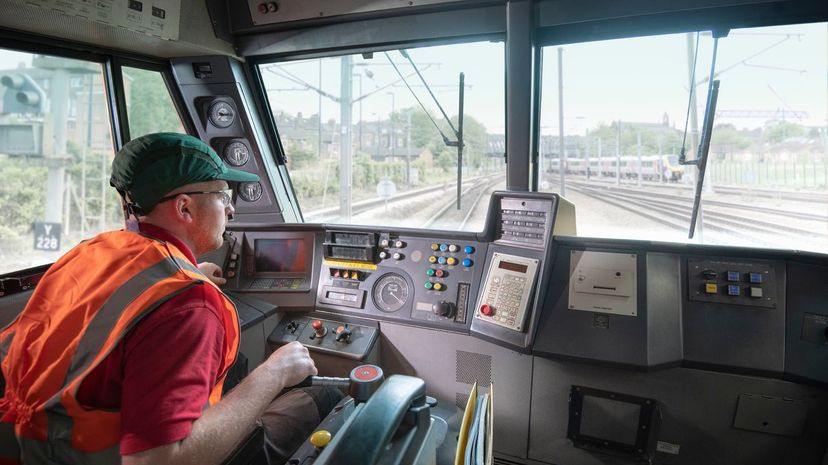
Have you ever wondered why you often see a passenger car equipped with a set of driver's controls? These cars are called control cars, and should the need arise, they are set up to operate the train. They are sometimes used in a push-pull fashion, helping to slow down a train.
Advertisement
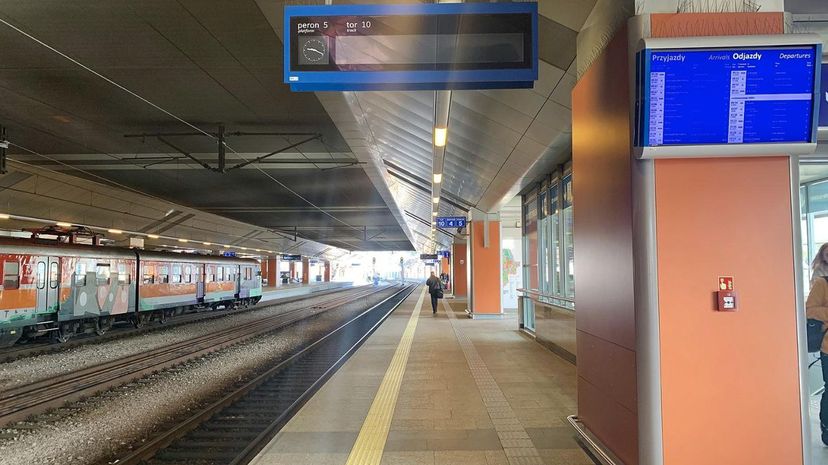
It's not uncommon to see island platforms in busy subway stations. They allow passengers to exit from a train and board another train on the adjoining side.
Advertisement
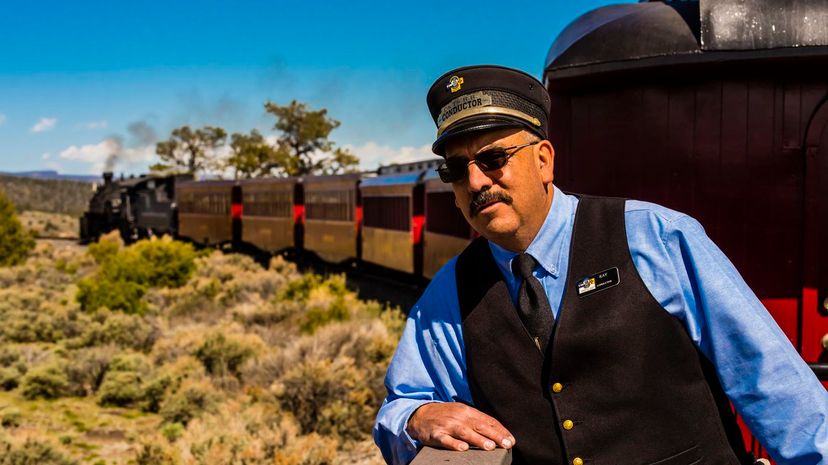
Spend any time on a subway platform, and you are sure to see a train driver pointing when they arrive at the station. It is a tradition, but it's also a safety measure. Pointing to the zebra board is a way to signal that the train is fully parked in the station and that passengers may safely deboard.
Advertisement
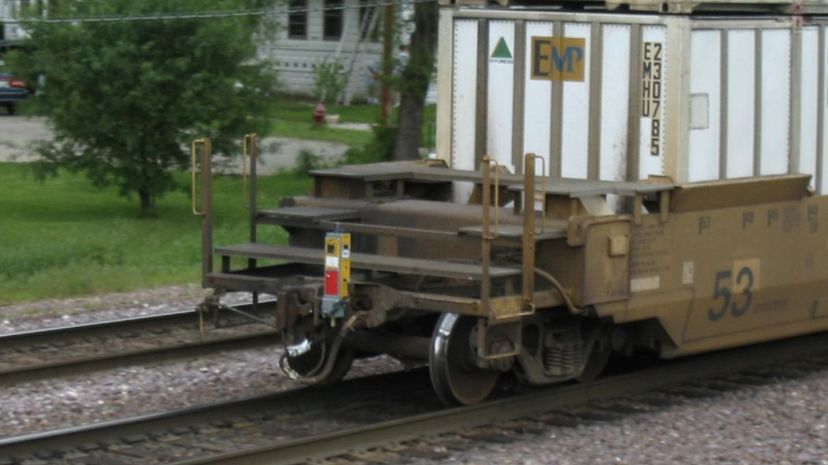
FRED is more than a flashing light at the end of a train. The cleverly disguised device serves many purposes. Including monitoring a train's brake pressure and swaying movements, it also keeps track of the GPS location.
Advertisement
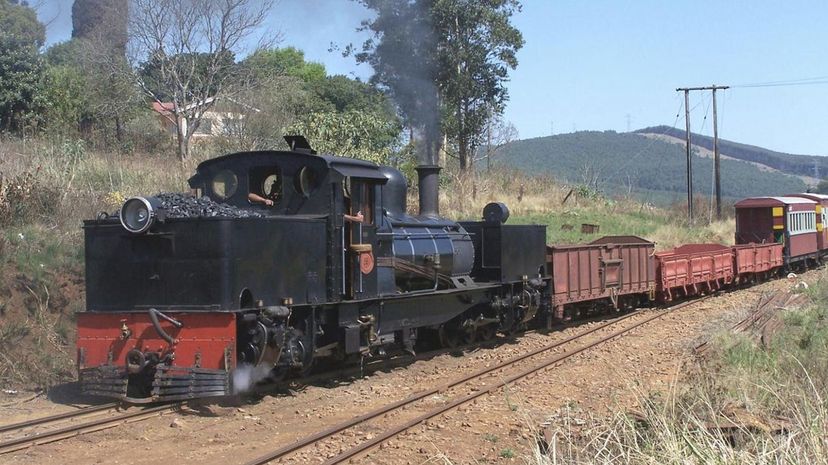
The two rails of any track are frequently measured to make sure that the gauge hasn't changed. Gauge is determined by starting on the inside of one rail and measuring to the inside of the parallel rail beside it.
Advertisement

A train with a locomotive engine on both the front and back of its cars is called a push-pull train. Push-pull trains are frequently used on intermodal trains. The dual-ended locomotives make it easy to drive the train in either direction without switching tracks.
Advertisement
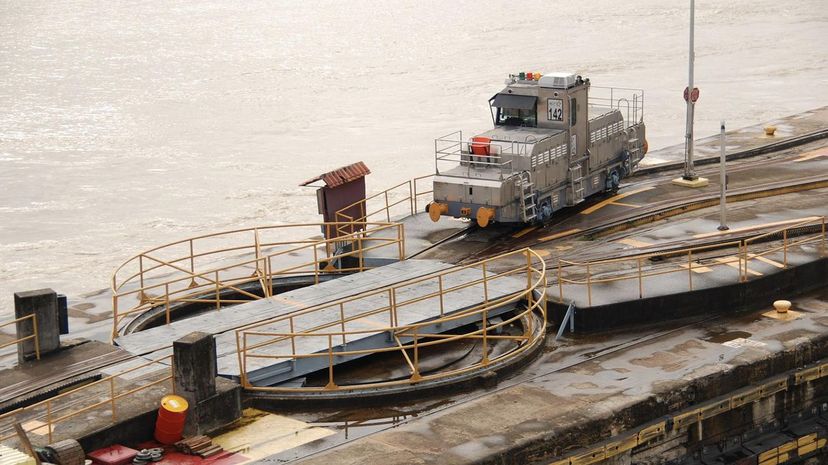
Rotating portions of a track called turntables allow for tracks to be repositioned. Turntables move tracks in a circular motion and eliminate the need for locomotives to leave and re-enter train yards to go back in the direction from which they came.
Advertisement
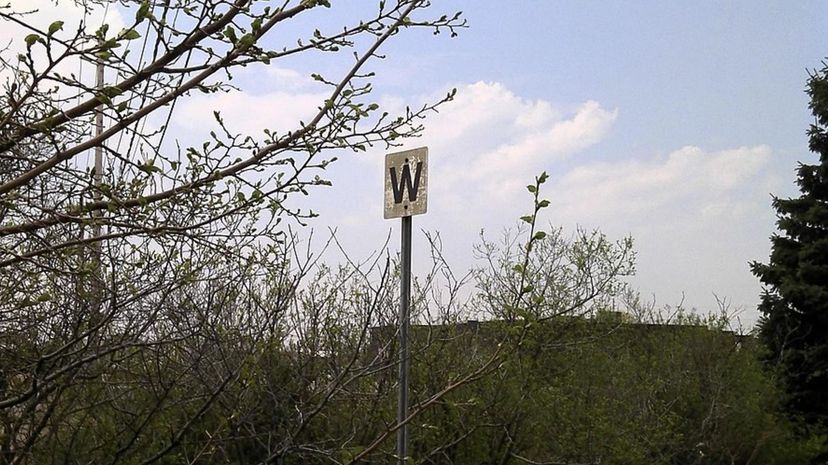
A relic left over from early railroading days, the sign with a "W" is called a whistle stop. When a driver sees the sign, it indicates that there is a crossing ahead. The sign tells the driver that it's time to begin blowing the whistle.
Advertisement
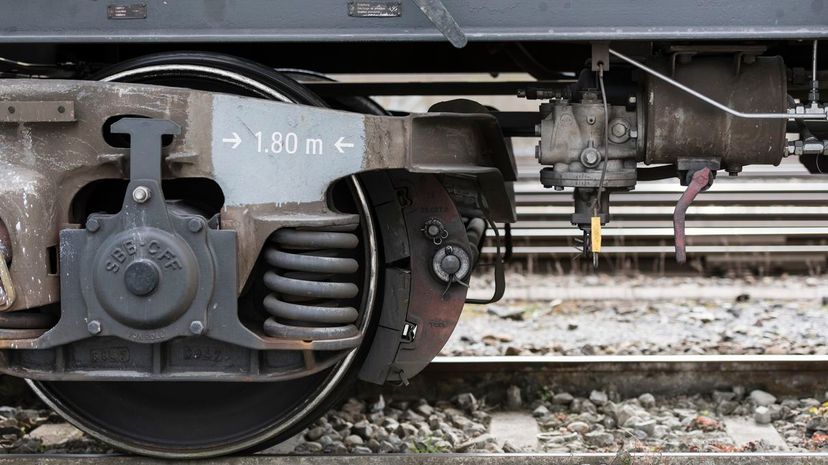
While bogies help make up a train's wheel assembly, they are not actually the part of the wheel that touches the track. Bogies are the portion that attaches the wheels to the axles and houses braking mechanisms.
Advertisement


